GET GOING
Cheryl Paulson, second-place finisher at the 2010 U.S. National Snowshoe Championships, admits that she felt "like a duck" when she first started snowshoeing. "But that was because my shoes were too wide," she says. In the proper gear, a runner shouldn't have to adjust her gait.On flat, hard-packed snow, your natural stride will work just fine. But you will have to adjust on inclines. When running uphill, Paulson recommends short, quick steps to allow the crampon to firmly grab hold of the snow and minimize slipping.
When running downhill, Paulson says to resist leaning back as you might on a road run. "Instead, let gravity do the work by staying more upright with your hips slightly forward," she says. "Don't brake as you go downhill. Try to land on your mid and forefoot and keep the flow going."
If you're planning on logging your training while snowshoe running, don't be tempted to measure miles. "Go by time instead," says Paulson. "The terrain and snow conditions can vary so much that it makes a lot more sense to keep track of how long you're running, instead of how far."
- 2
- of
- 2
Get ACTIVE on the Go


Couch to 5K®
The best way to get new runners off the couch and across the finish line of their first 5K.
Available for iOS | Android
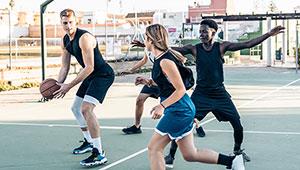
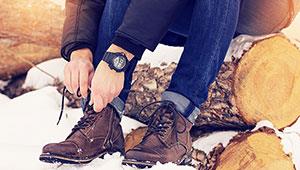
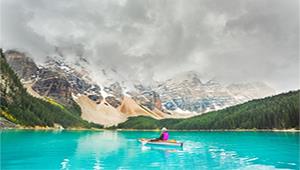

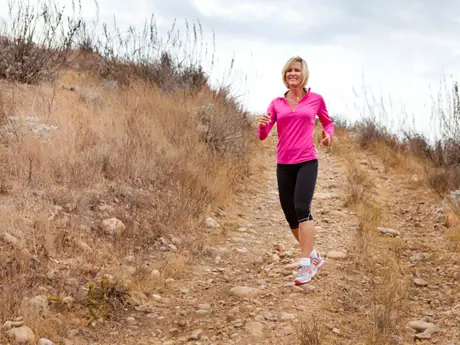

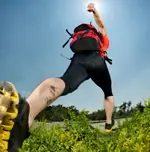
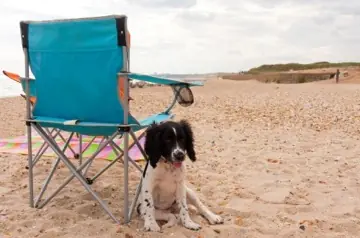
Discuss This Article